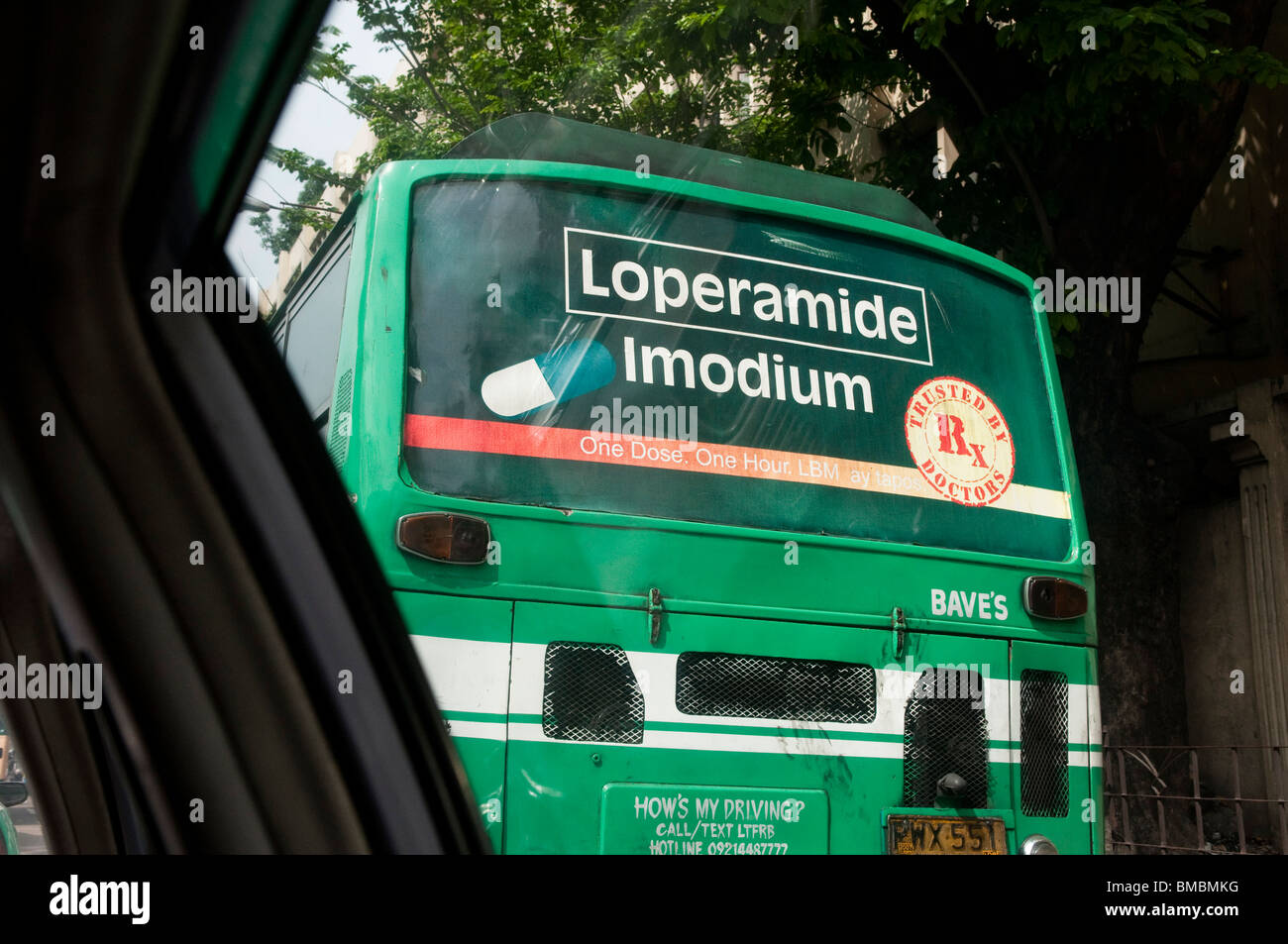Boost Your Business with Transit Advertising Philippines
Boost Your Business with Transit Advertising Philippines
Blog Article
Exactly How Transit Advertising Can Transform Mass Transit Spaces Into Dynamic Advertising Platforms
Transportation advertising and marketing holds considerable possibility to redefine mass transit rooms right into vibrant advertising and marketing systems that engage and inform. By using cutting-edge formats such as electronic screens and interactive stands, brand names can not only reach a diverse target market but additionally enhance the overall commuter experience. This method creates an one-of-a-kind possibility for brands to connect with customers in a setting that is typically overlooked. As we discover the diverse benefits and evolving approaches of transit advertising, it elevates the inquiry of exactly how this change could redefine our interactions with both brand names and the metropolitan environment.
Benefits of Transit Marketing

In addition, transit advertising is extremely affordable compared to standard media. It allows marketers to achieve high perceptions at lower expenses, making best use of roi. The captive audience of commuters supplies an opportunity for brands to share their messages to individuals that are frequently responsive throughout their travel times.
Furthermore, the dynamic nature of transportation advertising enables projects to be updated often, making certain that messaging continues to be appropriate and prompt. This versatility can be essential in reacting to market fads or promotional events, maintaining the brand name top-of-mind for customers. Lastly, the pervasive existence of transportation advertising adds to brand name recall; duplicated exposure within familiar travel contexts strengthens brand name awareness and fosters consumer loyalty, inevitably driving sales and improving brand name credibility.
Kinds Of Transit Advertising
Public transport systems provide numerous formats for advertising and marketing, each satisfying different advertising and marketing techniques and audience involvement techniques. One popular type is exterior bus and train wraps, which cover the whole vehicle and create a mobile signboard impact, enabling high exposure in city environments. These wraps can catch interest as they pass through active roads, getting to a varied audience.
One more prominent style is indoor advertising, which consists of posters, digital displays, and advertisements on transportation seats. These placements involve passengers throughout their journey, enhancing brand messaging in a restricted space. Digital shows, in certain, offer the advantage of dynamic content, allowing advertisers to update messages in real-time.
Terminal advertising is also substantial, featuring posters, banners, and interactive kiosks within transportation terminals. These ads utilize foot traffic and can target details demographics based on area.
Last but not least, advertising partnerships with transit authorities can cause one-of-a-kind projects, such as themed transportation experiences or events, enhancing the general involvement with travelers. Each kind of transit marketing uses distinct benefits, enabling brands to tailor their technique to effectively reach their target audience within the public transportation environment.
Engaging Commuters Efficiently
Commuters are significantly flooded with advertising messages throughout their daily travels, making it vital for brand names to involve them in cutting-edge methods. To capture focus in this jampacked room, advertisers have to focus on creative thinking and importance. Making use of eye-catching visuals and concise messaging can significantly enhance the chance of involvement.
Interactive components, such as QR codes or enhanced truth functions, can also change fixed ads into immersive experiences, cultivating a much deeper connection with the audience. Brands need to concentrate on attending to commuters' needs and passions, tailoring messages to reverberate with their lifestyle, whether through promos for local businesses or solutions developed to boost their commuting experience.
Moreover, timing plays a crucial function; tactically placing advertisements during optimal commuting hours can optimize visibility and influence. Engaging travelers successfully also entails leveraging social media assimilation, allowing travelers to share their experiences or promotions straight from transit systems, therefore enhancing brand name reach.
In essence, efficient engagement depends upon recognizing the commuter journey and producing compelling, interactive, and pertinent marketing experiences that not just record attention however additionally drive activity and loyalty. By doing so, brands can transform mass transit into a dynamic marketing system that reverberates with its target market.

Measuring Advertising Impact
How can brand names properly examine the efficiency of their marketing campaign en route settings? Determining the effect of transit advertising and marketing calls for a multifaceted strategy that incorporates quantitative and qualitative metrics. One prevalent approach is tracking interaction with mobile analytics, where brands can assess foot web traffic patterns and app communications previously, during, and after projects.
Surveys can provide beneficial insights into brand name recall and customer sentiment, enabling brand names to evaluate just how well their messages resonate with travelers. Furthermore, checking social media interaction related to details campaigns can disclose shifts in public understanding and brand discussion.

Moreover, teaming up with transportation firms can boost dimension precision, as they commonly have in-depth market data on ridership patterns. By integrating these approaches, brands can create a thorough understanding of their advertising performance, making certain that their projects not just reach but also influence their target market properly.
Future Fads en route Marketing
A substantial shift is prepared for en route advertising as technological improvements and transforming consumer habits reshape the landscape. Transit Advertising Philippines. The combination of interactive media and electronic screens is expected to enhance involvement, enabling brand names to supply vibrant web content that reverberates with diverse target markets. As mass transit her response systems welcome wise technology, advertisers will certainly leverage real-time information analytics to customize messages based on traveler demographics and habits
In addition, augmented fact (AR) is poised to revolutionize the means commuters interact with advertisements. By providing immersive experiences, AR can change a mundane trip into an engaging narrative that captures focus and fosters brand loyalty. This innovation will likely urge advertisers to create more experiential campaigns that drive consumer communication.
Sustainability is another critical pattern affecting transit marketing. As environmental awareness expands, brands will significantly look for to straighten with eco-friendly practices, making use of sustainable materials and advertising environment-friendly efforts within their campaigns.
Conclusion
In conclusion, transportation advertising and marketing provides substantial benefits by boosting brand visibility and involving a captive audience. As fads advance, the capacity for ingenious communications in between brand names click and commuters is poised to grow, guaranteeing that transportation advertising remains a vital component of contemporary advertising and marketing methods.
Transportation marketing holds significant possibility to redefine public transportation rooms right into vibrant advertising systems that educate and engage. The prevalent visibility of transit advertising and marketing contributes to brand name recall; repeated direct exposure within familiar travel contexts strengthens brand awareness and fosters consumer loyalty, inevitably improving and driving sales brand name track record.
How can brands precisely analyze the efficiency of their marketing projects in transit settings?In conclusion, transit advertising and marketing offers considerable benefits by improving brand name exposure and engaging a restricted audience. Transit Advertising Philippines. As patterns evolve, the capacity for cutting-edge communications between brand names and commuters is positioned to expand, making certain that transit marketing stays an important part of modern-day advertising and marketing approaches
Report this page